When I was a teenager, my father managed to source an ex-police Sako Vixen .222: the rifle. This was my first experience with Sako, and I would marvel at the smooth camming action of the bolt, which was notably better than some of our other rifles. The .222 was accurate and light and the low recoil added a user-friendly aspect for us as teenagers. Many sika fell to the .222, and to this day, Dad still has it in his gun safe.
I’ve bought some nice rifles over the years when finances allowed – beautiful actions, nice stocks and features galore. However, I’d often find myself getting ready for my next hunt, staring into my gun safe deciding which rifle to take, and almost every time, I’d bypass the nice wood and expensive actions and end up reaching for my twelve-year-old Tikka T3 in the humble but well-heeled 6.5×55 Swedish calibre.
I’m a practical hunter, you see, not a rifle collector. Every rifle has to serve a purpose and deliver in any weather, season or terrain, and that’s exactly what my old Tikka does – it provides rugged reliability and consistent performance. It’s a true sub-MOA rifle with my handloads, and I’ve experimented with all sorts of projectiles – it’s fired most of them pretty accurately. Considering the base rifle was purchased for not much over NZ$1000 and has put meat on my family’s table for a dozen years and will continue to do so long into its next barrel, that’s money well spent.
Most know that Tikka is owned by Sako. However, what some of you may not know is that their rifles are made in the same factory using the same high-quality engineering and machining. Tikka rifles have several features that reduce the cost of manufacturing and therefore hit a different market to Sako rifles, which are more of a premium rifle.
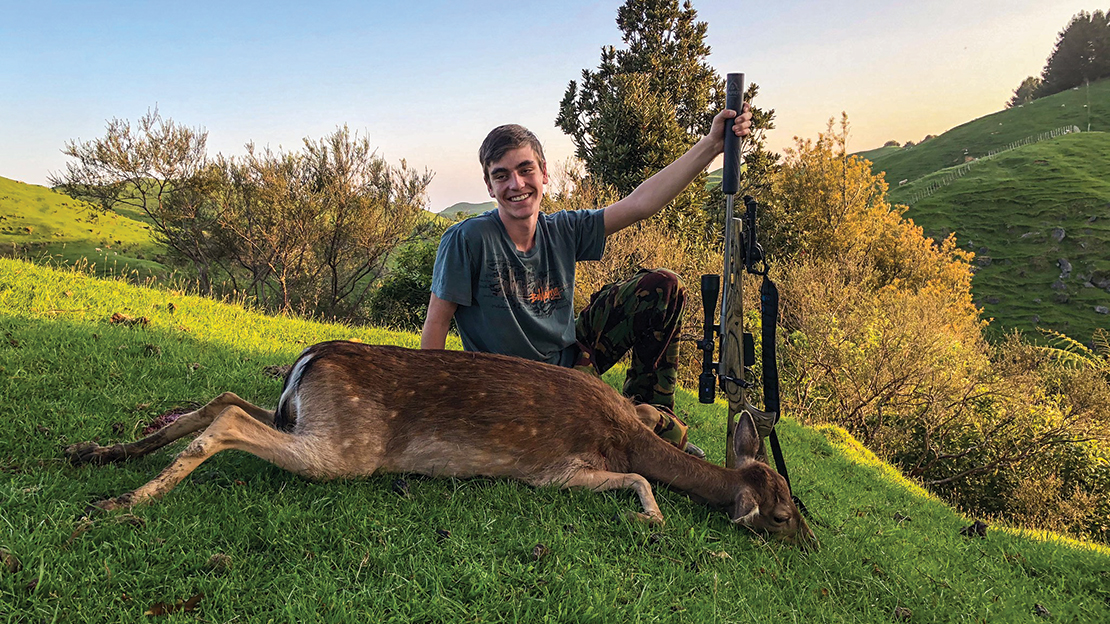
Adapting My Tikka T3
I’ve added some aftermarket parts to my T3 over the years. The original work was done by a legend amongst gunsmiths and NZ Army armourers, Robbie Tiffen. Robbie was the owner of Gunworks in Canterbury, and although he’s sadly since passed, he lives on in the quality of his work, which is found in every corner of New Zealand amongst firearms owners. The barrel and bolt fluting were undertaken by Gunworks, as was the original Maximus over-barrel suppressor. Amanda Tiffen still runs Gunworks, and it’s the last independent firearms retailer in Canterbury.
The T3’s drop-in aftermarket stock was landed from America for about NZ$350 with very little fuss during a more friendly period in NZ’s firearms history. It has an oversized bolt handle and an alloy bolt shroud. I run a Hardy Stealth suppressor now, and I’ve recently retired the old Zeiss HD5 in favour of a cracking hunting scope, the Vortex Razor LHT.
Each additional feature hopefully added something to its consistency and accuracy, but the last aftermarket part I’m looking at getting is a carbon fibre stock to take a little of the weight out that the laminate stock adds. In hindsight, I probably should’ve bitten the bullet and bought a carbon stock in the first place, instead of the laminate, as its lighter. Now that the waterproofing has worn off in several areas on the laminate, it’s prone to a slight zero change when soaked.
Part of the Family
The T3 has, in effect, become part of my family. The stock has long since lost its glossy sheen, and the round count for the barrel is well into the thousands. But I know its every scratch and blemish, and the thumbhole stock feels like an extension of my body. It still shoots sub-MOA and has downed everything from big red stags to tahr out to my self-imposed shooting distance of 400m. I’ve rattled gongs pretty comfortably out to 600m with the Swede as a bit of fun, but there’s too much variation in wind and atmospherics to account for past 400m. Specialist shooting requires specialist gear.
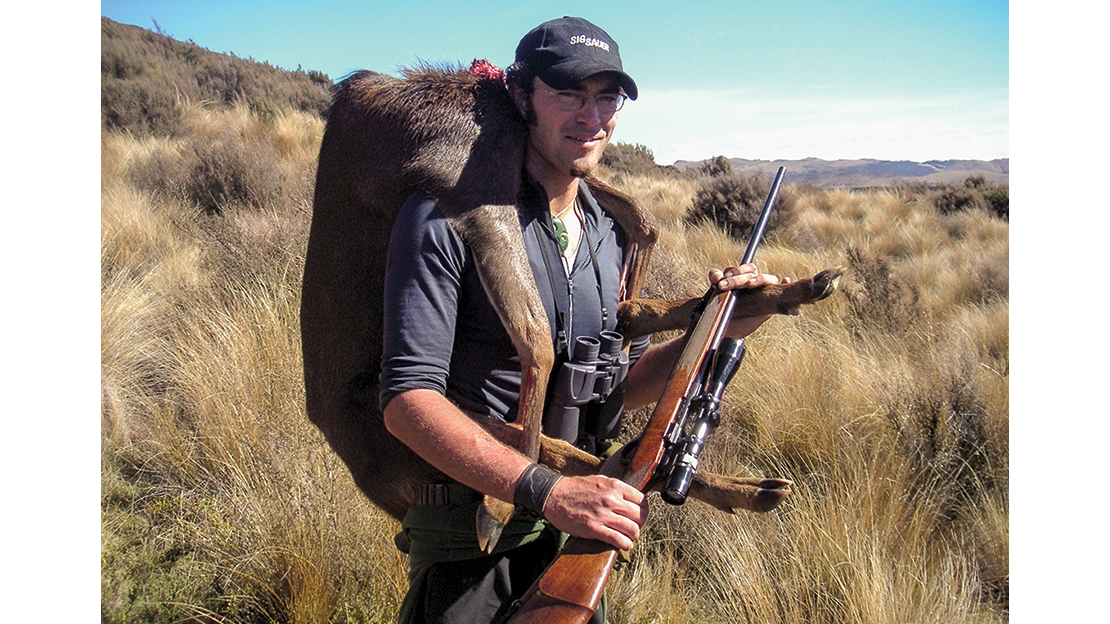
Handload Recipe
Right from when my father took me through the basics of reloading my ammunition, I was hooked; I still have my early handwritten notes from that session. The satisfaction you get from catching a trout with a self-tied fly is similar to shooting a deer with your own handload. For the 6.5×55, I’ve used every projectile from the lethal but expensive Swift Scirocco to the humble Nosler BT. Inherent to the cartridge, all these projectiles shot well; with a few tweaks, I managed to get it consistently under MOA.
The calibre is really versatile, with projectiles ranging from 100 grains up to 160 grains available. Personally, I like to drive a 130-grain projectile a little bit faster than you can get with the 140 grain to get the best out of it. The 140-grain projectiles have some very sexy ballistic coefficients, but I prefer the extra bump in velocity with the 130 grains. My current load is the 130-grain Sierra GameChanger driven at just under 2900 FPS. It’s the perfect mix of velocity and lethal effect. However, I’ve found the Swede not exactly a hard hitter in terms of terminal effect, so bullet placement as well as maximising your handload’s lethality appear to be key to getting the best from the cartridge.
I’ve tried a number of different powders but have settled on Reloder 17 as being quite consistent and not too hard to find.
The Life of the T3
The Tikka T3 has had a hard but incredible journey and has been involved in almost every significant hunt I’ve been on; it’s also helped many others obtain their first game animal. The longer I’ve hunted, the more fulfilment I’ve gotten out of starting others on their hunting journey. It’s been a great rifle to guide on – although it recoils a bit more than if I was firing factory ammunition, the kickback is still considered mild giving a newer shooter a bit of confidence which is boosted again by the accuracy of the cartridge.
Nanny Tahr
There are so many memorable hunts – far too many to list here – but worth mentioning is my first tahr, which was a young nanny in the Godley Valley. Coincidentally, it was also the best shot I’ve pulled off with this rifle.
I’d been watching a group of nannies and young bulls feeding on a steep bluff. The wind was so strong, I could hardly stand up. As the day progressed, I kept watching the animals hoping for a bigger bull to come down off the higher bluffs to throw his weight around. The wind got steadily worse, and near the end of the day, I was an icicle – my hands and feet were frozen.
I needed to get back to the hut, but a nanny had been watching the area from her overwatch position about 200m away. I eyed her in the scope. Before leaving the hut, the team had spoken about getting a meat animal for the weeklong trip, so I considered the possibility of a shot.
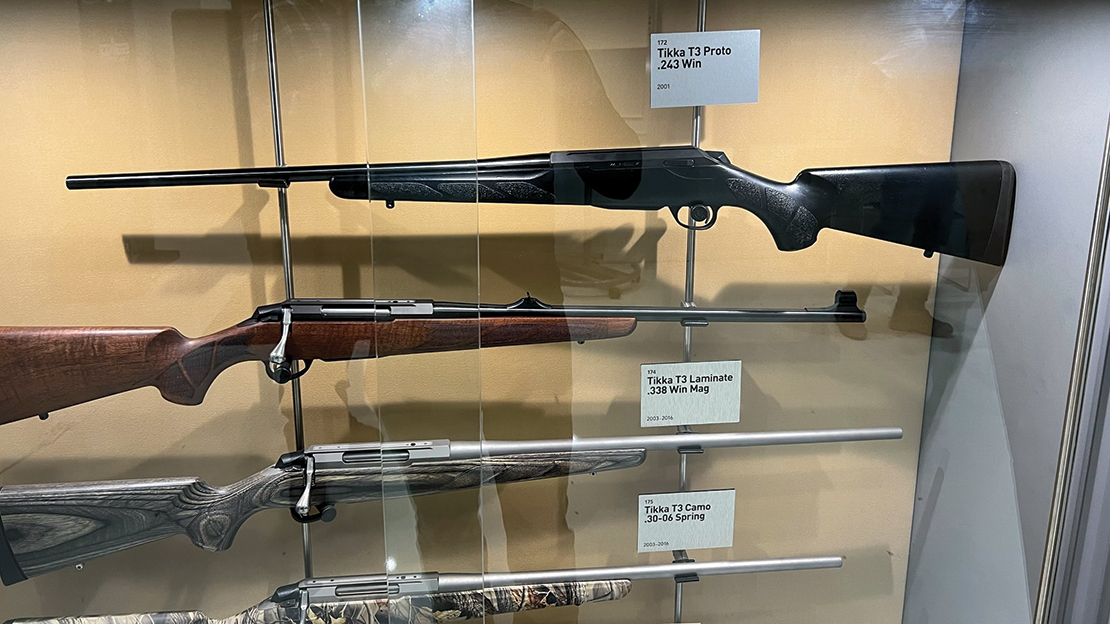
50/50 Shot
I had a rock-solid hold; however, the wind was direct right to left and was howling. I drummed up some figures in my head and worked out the wind hold was off the animal to the right – approximately a half-length of the animal! Now I’m not a fan of 50/50 shots, but I’d put the hard work in on the range, my calibre and rifle were accurate, and the projectile was great in wind. I decided to line it up and built up a nice position on my little perch.
Timing the gusts was going to be important, as the difference in wind hold would be significant between gusts. I watched my nanny with the crosshairs right where I wanted, relaxed in position and waited for a nice consistent wind. Bang! Whumpf!
The little tahr toppled off her overwatch position into the snow below her bluff where I dressed her out and carried her back to camp to feed the troops. You could probably almost detect a strut as I entered camp. However, I’d never admit that to the lads – it was just caused by my bad knees.
The Sako 90 Series
Last October, I got to travel to Finland with other magazine editors and hunting personalities to get an early look at the Sako 90 series in pre-release. The trip was as amazing as you’d expect for a fanboy of Tikka and Sako. Since then, we’ve been subject to a non-disclosure agreement pending the official launch. It’s finally here though: in mid-May this year, the new rifles were revealed to the public, and I can finally talk about them.
Finland and Finns
Finnish people are renowned for being one of the happiest populations in the world. After getting hooked on saunas and their culture, I realised some of this happiness has to do with their strong bond as a Nordic people – their country is bonded through tradition, shared pastimes and a general understanding of how you should conduct yourself as a person.
Finns are also very humble and will often make jokes about Finnish culture and their reputation for being quite serious; however, they have a fantastic sense of humour. There aren’t many countries I’ve visited where I felt I could happily immigrate, but Finland is one – and I’ve been to a lot of countries.
Driven Hunting
During the trip, we were treated to visits to the Sako factory, several briefs on the upcoming Sako 90 launch and we even got to go on a driven hunt.
Driven hunting is where the game is pushed towards or around the hunters by beaters with dogs; the hunters are static in an area allocated to them or even sitting on a game seat. Each hunter will be given arcs to shoot within to ensure safety.
It was clear to us that hunting in Finland is steeped in tradition by the way the hunt was conducted – e.g., at the opening ceremony where Jägermeister was used as a pre-hunt toast. Obviously, in NZ, alcohol before shooting is against our seven firearms safety laws. However, in Finland, it’s traditional and I saw no harm in partaking.
Several moose and many white-tailed deer were shot by the assembled editors and hunting personalities. I had a close encounter with a moose cow and calf, but due to a misunderstanding of the rules, I didn’t fire. In the opening brief, we were told a cow and calf were not to be shot. This wasn’t correct, and I was told afterwards that you can shoot any calf, just not the cow. It was amazing to see the moose just 50m away, and although they’re generally smaller than American/Canadian moose, they’re still a stunning creature.
Even though I found the driven style of hunting exciting, after talking to Luke Care of NZ Hunter Magazine and Cam Henderson from Hunters Journal, as Kiwis, we all just wanted to roam and stalk as we would here in NZ – wondering what was around the next valley or over the ridge.
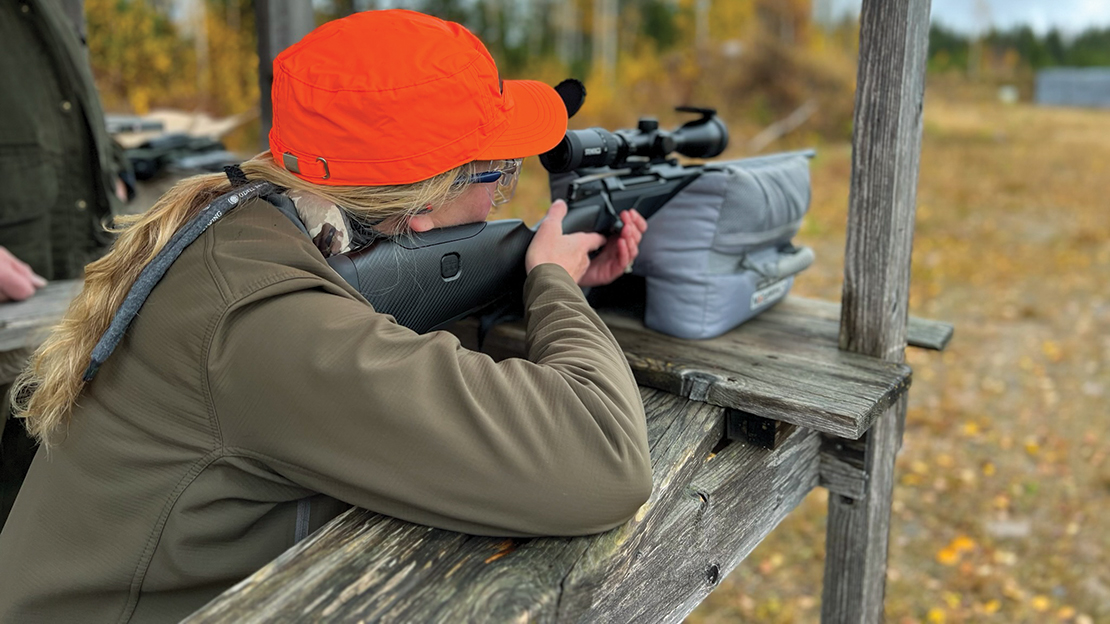
Three Categories
During the factory tour, what shone through was the care and attention Sako take with their rifles and the pride they have in their reputation. The company itself has a nice family feel to it with many of the employees having worked there for decades. This clearly trickles down into the product, and the fine lines and careful design features are all carefully thought out.
The Sako 90 range basically falls into three categories, all designed with a particular end user in mind.
- The Outdoorsman – described as firearms designed for your more adventurous type of mountain hunter, these rifles have weight-saving characteristics but still have the ability to add a bit of extra distance.
- The Hunter – made for a more all-round style of hunter with models like the Sako 90 Hunter, and the Bavarian, which is much more traditional and in line with others you will have seen from Sako in the 85 series.
- The Sporter – these encompass Sako’s law enforcement/sniper range as well as those for competition shooters.
Over the course of the trip, we were introduced to the various rifles both on the range and during the press conferences. The general consensus from the assorted journalists was that Sako have truly nailed the rifle design and features by focusing on what the end user wants. I’m definitely looking forward to reviewing the Sako 90 Quest in the next issue.
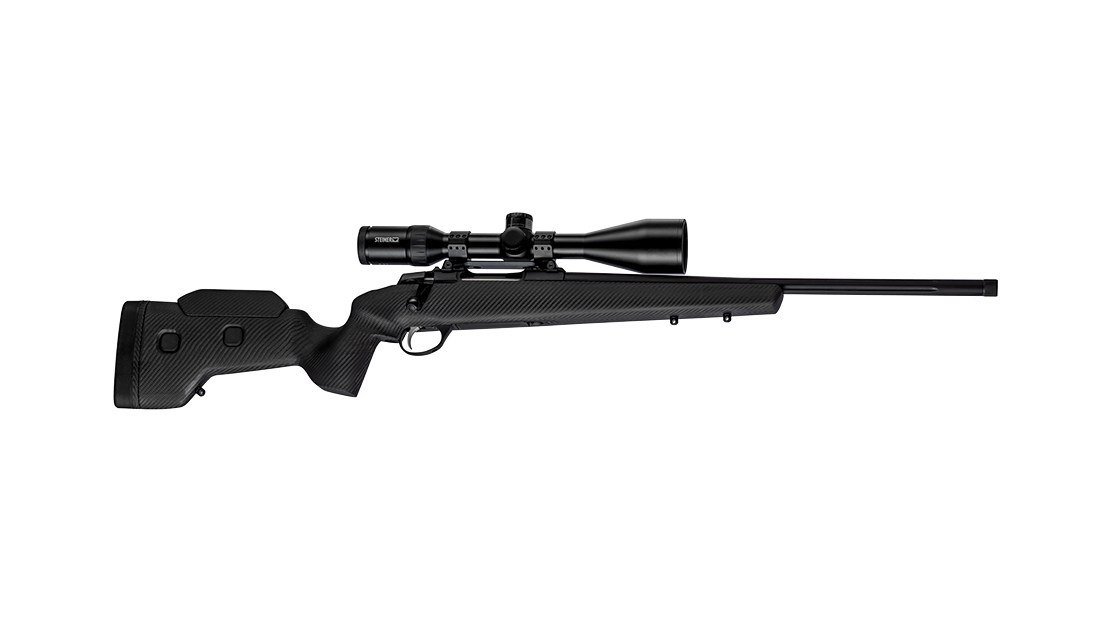
Summary
A rifle, if it proves effective and useful to a hunter, becomes part of the family; I don’t think you can question my love for my old Tikka T3. However, I’m now weighing up putting a carbon stock on it, which leads me to a crossroads … do I spend $1200 to $1500 on a new carbon stock, or do I just buy an off-the-shelf rifle that already has one as well as all those features I’ve spent years adding to the T3?
Time will tell, and I very much look forward to seeing how the Sako 90 series is received – I genuinely wish the company success on the launch. If they’ve managed to produce the numbers of firearms and kept the quality as high as I saw last year, we could have several off-the-shelf rifles that become new members of your families.
A rifle becomes part of the family in a lot of ways. It has enabled me to feed my family healthy meat, aided my fitness and been a symbol of the way I choose to live my life. Sure, on face value, it’s just a tool – but for a lot of us, it goes deeper.

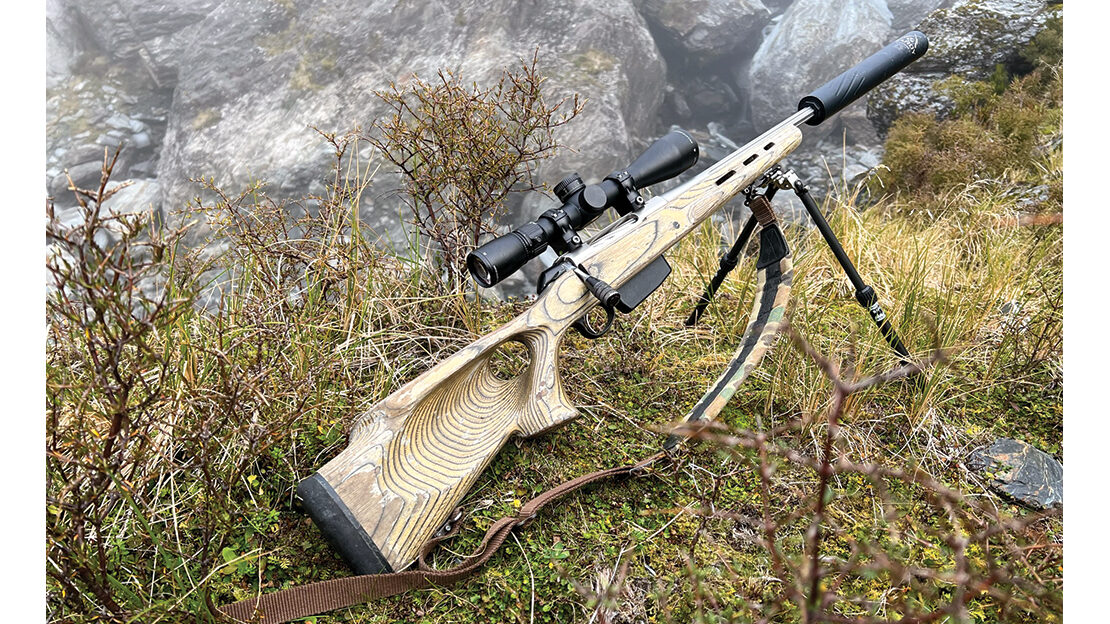
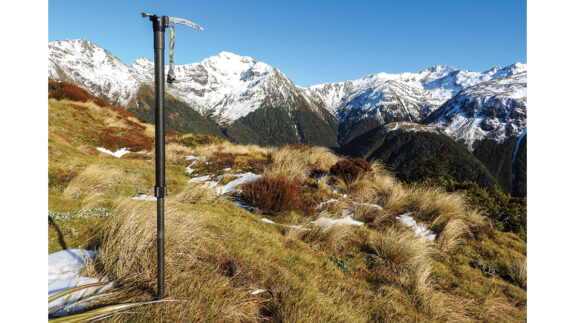
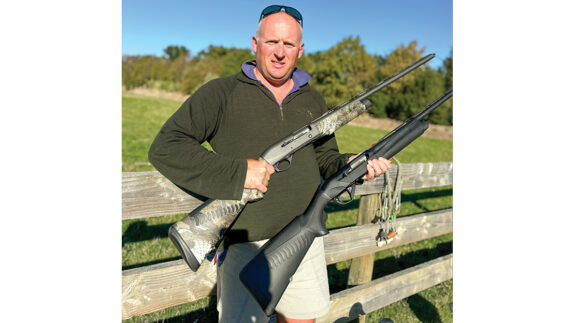

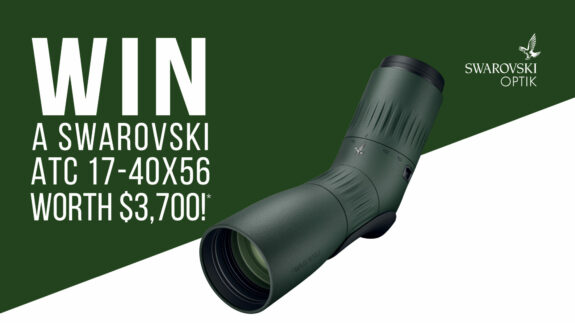
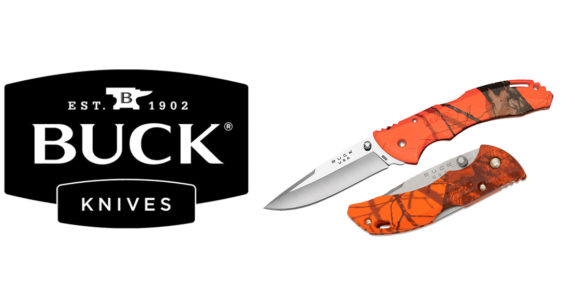
SHARE YOUR BEST PICS #NZRODANDRIFLE